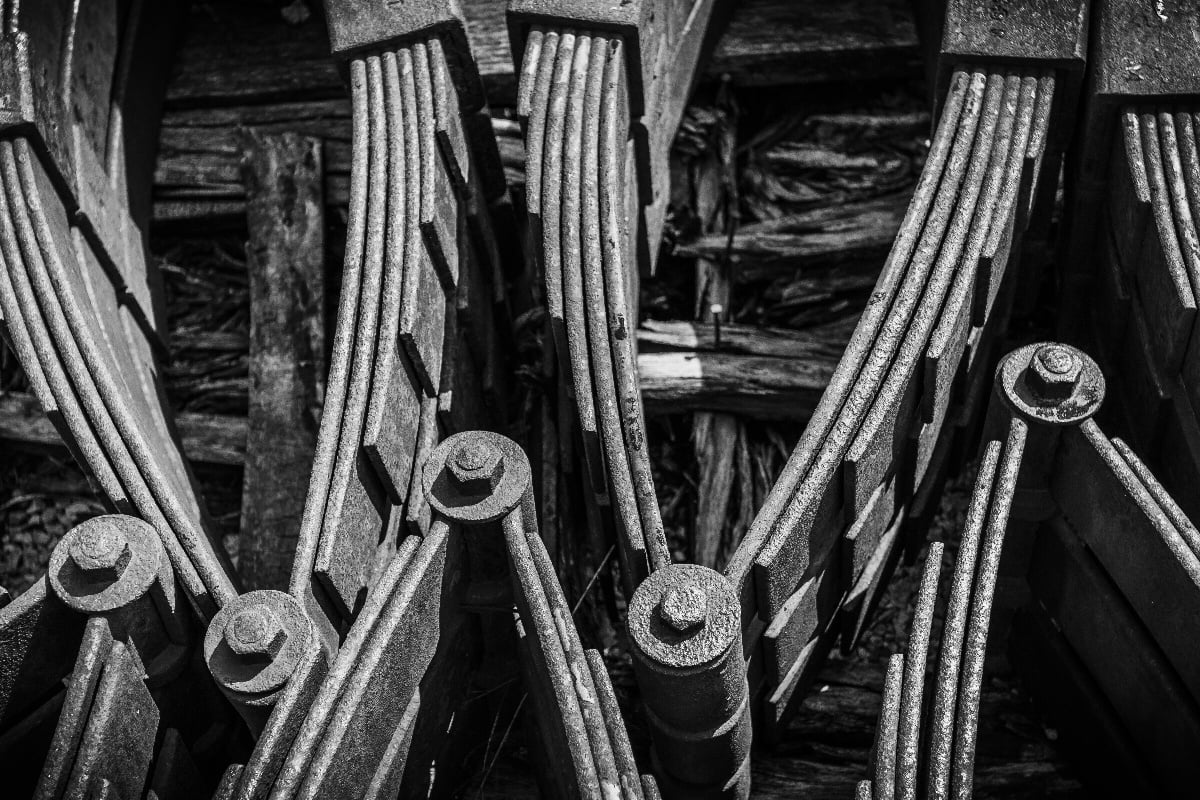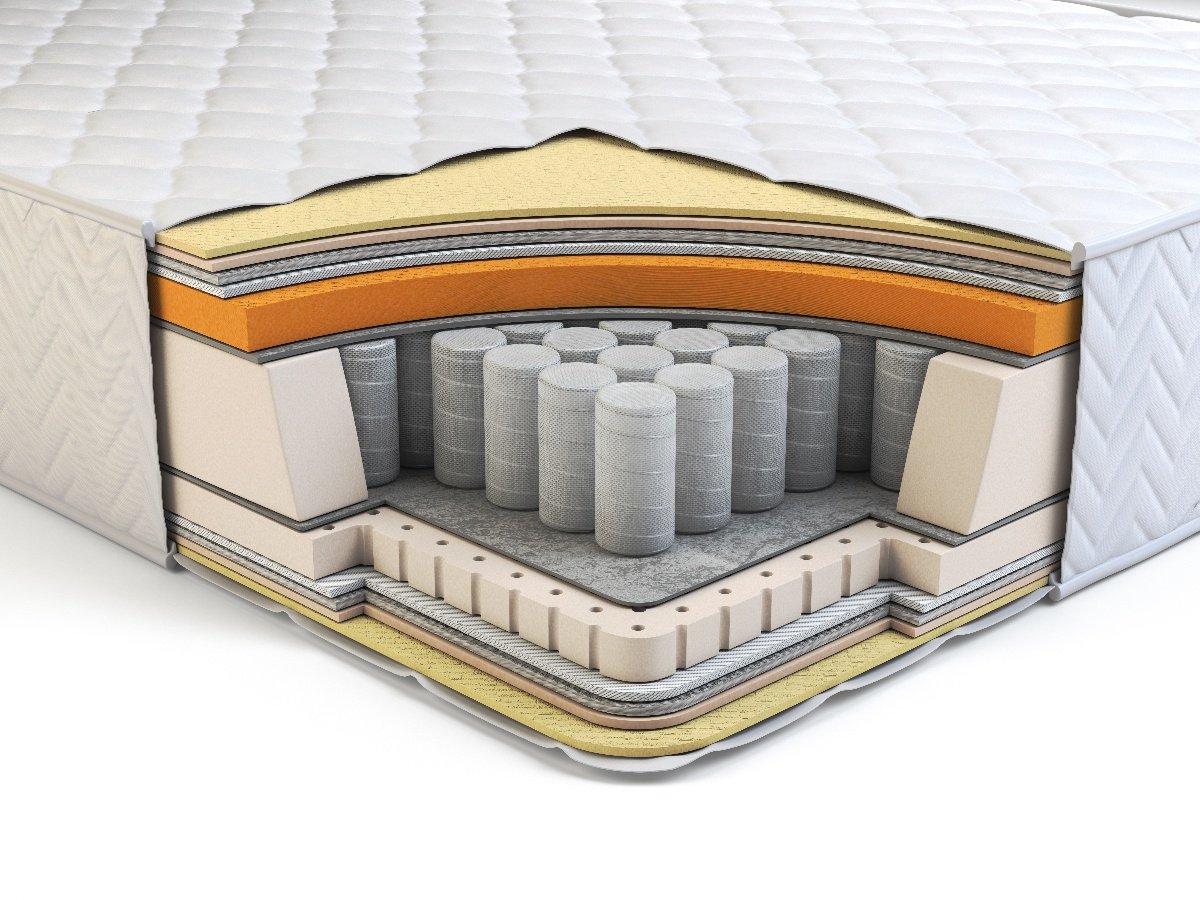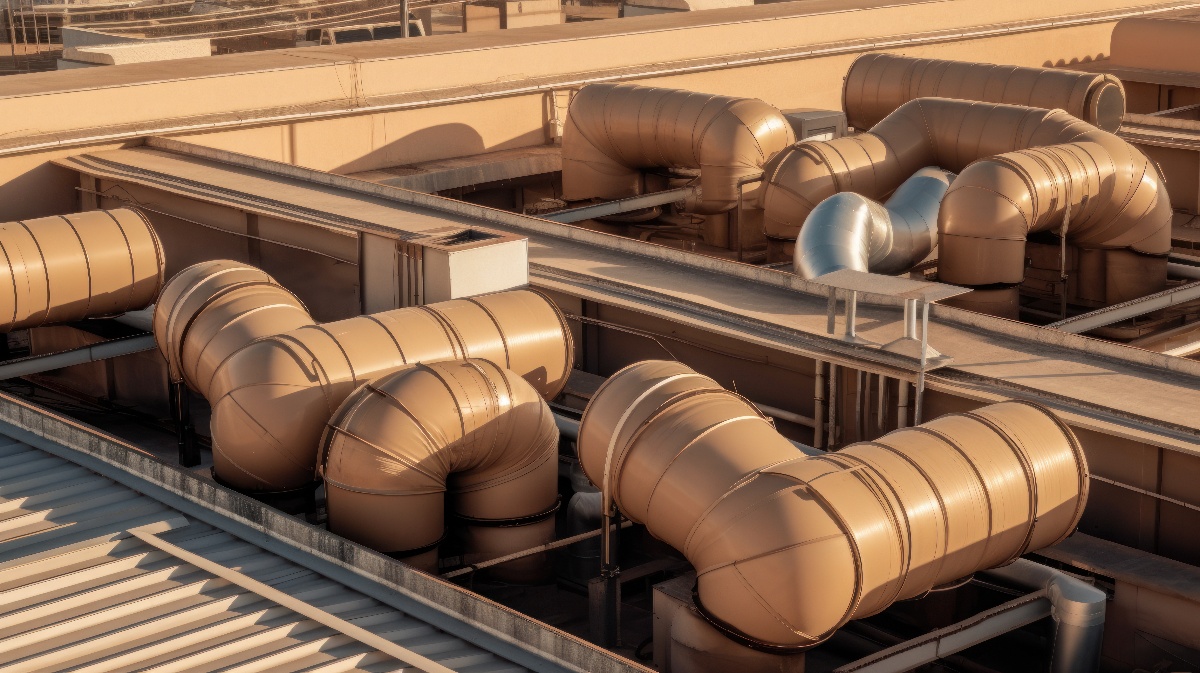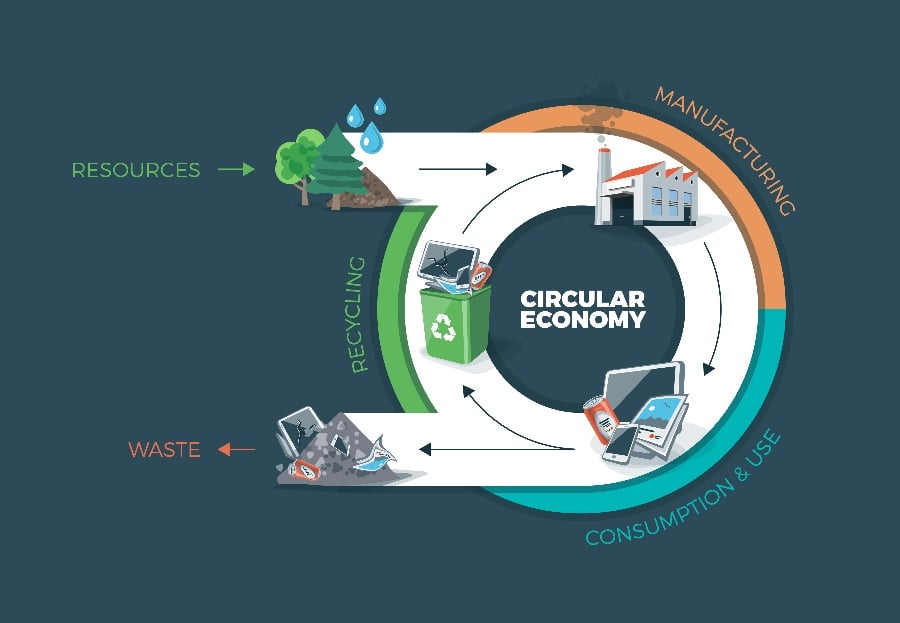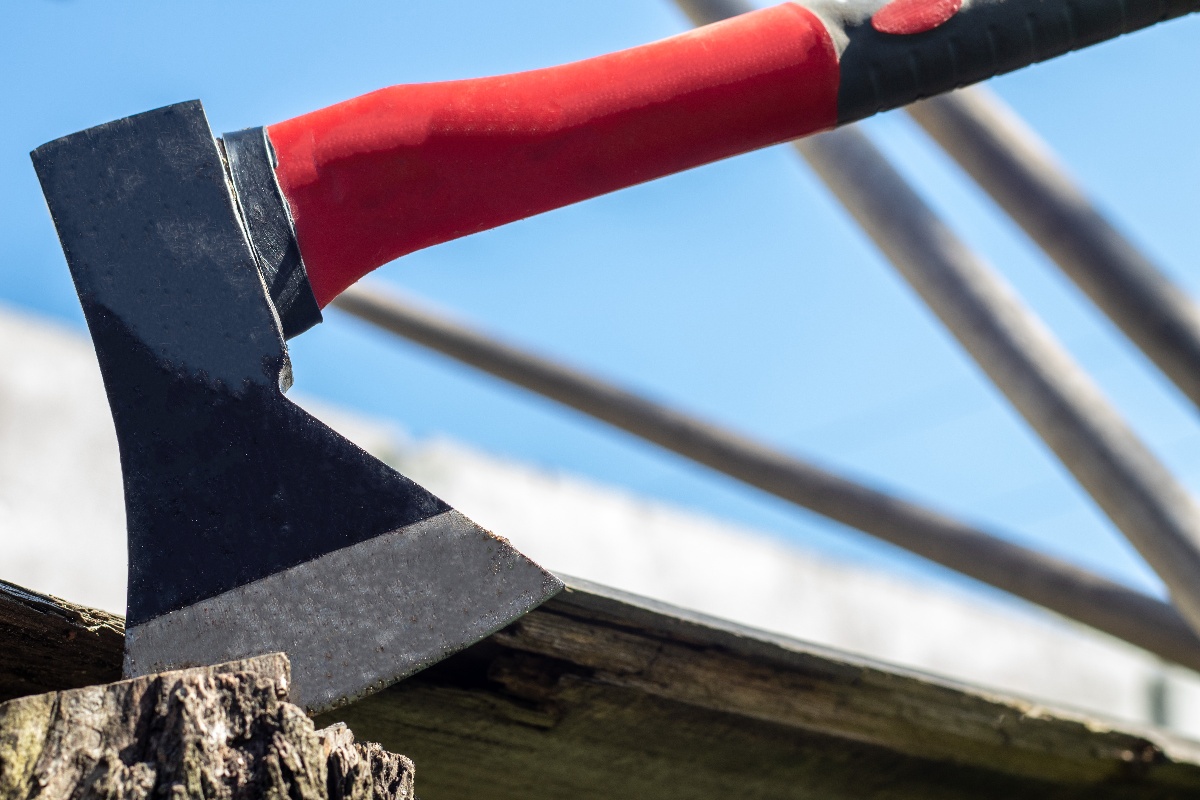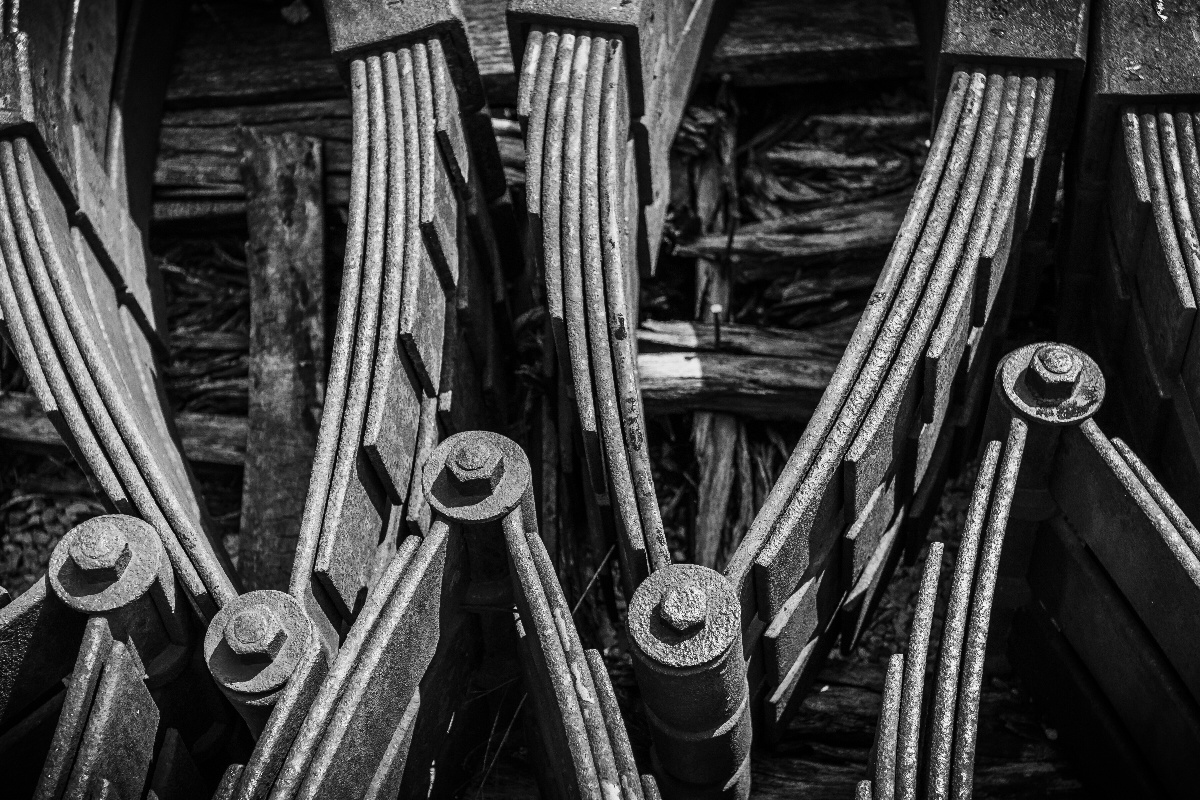
Leaf springs have been a fundamental component of suspension systems for centuries. The earliest known use of leaf springs dates back to medieval times, where they were employed in horse-drawn carriages. However, it was not until the 18th century that leaf springs found widespread application in the automotive industry.
In 1804, Obadiah Elliott patented the first multi-leaf spring design, which laid the groundwork for modern leaf spring suspensions. As the automotive industry grew, leaf springs became the preferred choice for their simplicity, durability, and load-carrying capacity.
Importance of Leaf Springs in Automotive and Industrial Applications
Leaf springs play a crucial role in the suspension systems of various automotive and industrial applications. In the automotive sector, leaf springs are commonly used in heavy-duty vehicles such as trucks, buses, and commercial vehicles. They are well-suited for these applications due to their ability to handle heavy loads and provide a stable ride. Leaf springs also find extensive use in off-road vehicles, where their robustness and articulation capabilities are highly valued.
In industrial applications, leaf springs are employed in machinery, agricultural equipment, and railway systems. They are used to support and cushion heavy loads, absorb shocks, and maintain proper alignment of components. The versatility and reliability of leaf springs make them indispensable in these demanding environments.
The design and material properties of leaf springs play a critical role in their performance and longevity. This article will dive into the fundamentals of leaf springs and what factors engineers should consider when designing leaf springs.
Fundamentals of Leaf Spring Design
A leaf spring consists of several key components. The main component is the leaf or blade, which is a long, slender piece of metal, usually made of steel. In a multi-leaf spring, the leaves are stacked together and vary in length, with the longest leaf called the master leaf.
The leaves are held together by a center bolt, which passes through the center of the leaves. The ends of the master leaf are formed into shapes called eyes, which allow for attachment to the vehicle frame or axle. Shackles, which are pivoting links, connect the eyes to the vehicle, allowing for rotation and articulation of the spring.
Leaf Spring Design Considerations
Load Capacity
The load capacity of a leaf spring is a critical design factor. The spring must be able to support the weight of the vehicle and any additional loads without exceeding its yield strength. The number of leaves, their thickness, and the material properties determine the load capacity of the spring. Engineers must ensure that the spring is designed to handle the maximum expected load with an appropriate safety factor.
Deflection
Deflection refers to the amount of vertical movement or bending of the leaf spring under load. The deflection of the spring determines the ride height and affects the handling characteristics of the vehicle. Engineers must design the spring to provide the desired amount of deflection while maintaining the required load capacity. The deflection is influenced by factors such as the spring rate, which is the amount of force required to deflect the spring by a unit distance.
Stress distribution
The stress distribution within the leaf spring is an important consideration in the design process. The stress should be evenly distributed across the leaves to prevent premature failure. The shape and thickness of the leaves, as well as the tapering profile, influence the stress distribution. Engineers use finite element analysis (FEA) to evaluate the stress distribution and optimize the design accordingly.
Fatigue life
Leaf springs undergo repeated cyclic loading during their service life, which can lead to fatigue failure. The fatigue life of a leaf spring is the number of loading cycles it can withstand before failure. Factors such as the material properties, manufacturing processes, and operating conditions influence the fatigue life. Engineers must design the spring to meet the desired fatigue life requirements, considering factors such as the expected usage and maintenance intervals.
Material Selection Criteria for Leaf Springs
When selecting materials for leaf springs, engineers consider several criteria to ensure optimal performance and durability. These criteria include:
Strength-to-Weight Ratio
Materials with high strength-to-weight ratios are preferred for leaf springs to minimize weight while maintaining the required load capacity. This is particularly important in automotive applications, where reducing vehicle weight improves fuel efficiency and performance.
Fatigue Resistance
Materials with excellent fatigue resistance are essential for leaf springs to withstand the repeated loading cycles encountered during service life. Materials with high fatigue strengths and good resistance to crack propagation are favored.
Corrosion Resistance
Leaf springs are often exposed to harsh environmental conditions, such as moisture, salt, and dirt. Materials with good corrosion resistance are necessary to prevent premature failure due to corrosion. Corrosion-resistant materials or protective coatings are commonly used to enhance the durability of leaf springs.
Cost
The cost of the material is an important consideration in leaf spring design. Engineers aim to select materials that provide the desired performance characteristics at a reasonable cost. Factors such as material availability, processing requirements, and manufacturing costs are taken into account.
Manufacturability
The chosen material should be compatible with the manufacturing processes used to produce leaf springs. Factors such as formability, machinability, and weldability are considered to ensure efficient and cost-effective production.
By carefully evaluating these material selection criteria, engineers can choose the most suitable materials for leaf springs based on the specific application requirements, performance targets, and economic constraints.
Using Fiberglass for Leaf Springs
Fiberglass has emerged as a promising material for leaf springs. Fiberglass leaf springs offer several advantages over traditional steel springs, including significant weight reduction, excellent corrosion resistance, and improved ride quality.
Fiberglass leaf springs are manufactured using a pultrusion process, where glass fibers are pulled through a resin bath and shaped into the desired profile. The resulting composite material is up to 70% lighter than steel, which improves vehicle dynamics, fuel efficiency, and overall performance. The lightweight nature of fiberglass also reduces unsprung mass, enhancing handling and ride comfort.
In addition to their lightweight properties, fiberglass leaf springs exhibit excellent corrosion resistance and good fatigue life. The composite material structure allows for better stress distribution, reducing the likelihood of crack initiation and propagation. Fiberglass also has a natural damping effect, absorbing vibrations and providing a smoother ride quality.
As research and development efforts continue, advances in materials science and manufacturing processes are expected to further enhance the performance and durability of fiberglass leaf springs. With their lightweight nature, corrosion resistance, and improved ride quality, fiberglass leaf springs have the potential to revolutionize suspension systems in various automotive and industrial applications.

